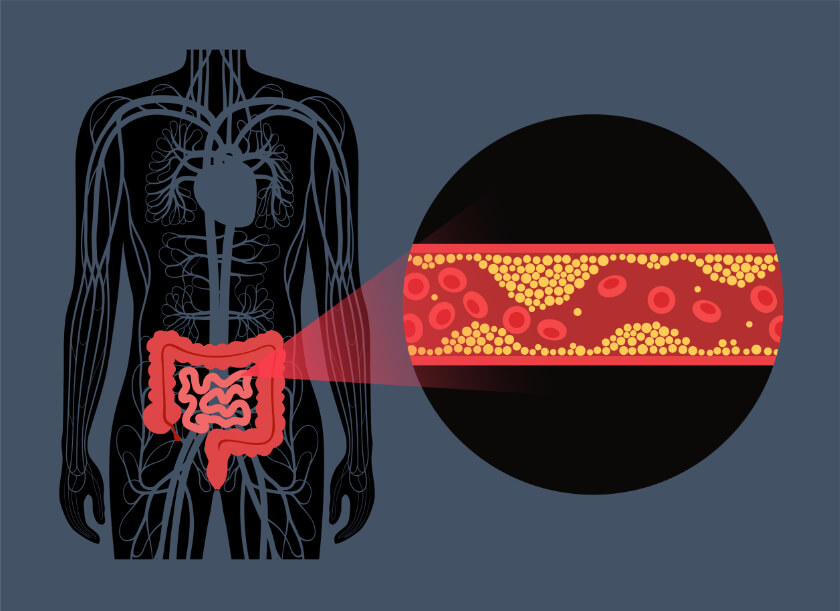
Changes in Lung Cancer Screening Rules Saves Lives

Cancer is a leading cause of death. In 2018, doctors diagnosed 18.1 million new cases of cancer worldwide, according to the National Cancer Institute; cancer claimed 9.5 million lives that year. Lung cancer is a leading cause of cancer deaths. A 2013 change in lung cancer screening has saved thousands of lives.
About Lung Cancer
Cancer is a serious condition in which abnormal cells reproduce rapidly, and interfere with the way healthy cells work. Cancer is a progressive disease, which means it worsens when these abnormal cells spread to other parts of the body to disrupt function there. Doctors refer to the spread of cancer as “metastasis.”
In lung cancer, abnormal lung cells can divide quickly and metastasize to other organs. This means the abnormal lung cancer cells might be found in the liver, adrenal glands in the kidneys, bones, pancreas, spleen, or other organs.
As with other types of cancer, lung cancer is easier to treat in its early stages, before it has spread to other tissue. Unfortunately, lung cancer can be hard to diagnose in the early stages; by the time its primary symptoms appear, such as cough and chest pain, the cancer has often metastasized.
The good news is that lung cancer may be curable, if caught early enough. In fact, if lung cancer is detected before it spreads, the patient has a 60 percent chance of surviving 5 years or longer.
Lung Cancer Deaths are Dropping
In 2008, lung cancer caused an estimated 1.4 million deaths in the United States. The number of estimated deaths from lung cancer will drop to 130,180 deaths in 2022, according to the American Cancer Society. While lung cancer is still a leading cause of cancer deaths, accounting for nearly one-quarter of all cancer deaths in the nation, the number of people dying from lung cancer is declining. In fact, the American Cancer Society announced the largest one-year drop in cancer mortality in 2020, driven largely by improvements in lung cancer.
A number of factors contributed to the decline in lung cancer deaths. Fewer people are smoking, for example, with the number of smokers hitting an all-time low in 2018. The development of targeted therapy and immunotherapy improved survival rates, particularly among patients in the early stages of lung cancer.
The biggest change – and perhaps the most important – has been the initiation of lung cancer screening programs that detect lung cancer in its early stages, when it is easiest to treat. Prior to 2013, doctors primarily used chest x-rays to diagnose lung cancer. The drawback is that chest x-rays cannot provide a definitive diagnosis because they often cannot distinguish between lung cancer and other lung conditions, such as lung abscesses.
Lung cancer screening has saved 10,100 lives since its introduction in December of 2013, according to a study published in BMJ. Doctors now use low-dose CT scans to screen at-risk patients for lung cancer.
Low- Dose CT Scans
Low-dose CT scans are a type of computed tomography (CT). A CT scan is a special type of x-ray that takes multiple pictures of organs. A computer assembles the series of pictures into a 3D image.
X-rays use radiation to create images. Low-dose CT scans use less radiation than conventional CT scans.
Who should have a low-dose CT scan to screen for lung cancer?
Doctors recommend this test for people who have an elevated risk for lung cancer. Smokers are at greatest risk, as cigarette smoke contains cancer-causing agents, known as carcinogens. Doctors describe the amount someone has smoke in terms of pack-years: someone who has smoked one pack a day for 10 years has a 10 pack-year history of smoking, for example, while someone who has smoked 2 packs a day for 10 years has a 20 pack-year history of smoking.
The U.S. Preventive Services Task Force (USPSTF) recommends patients undergo low-dose CT scan for lung cancer screening if they:
- Have a 20 pack-year or more smoking history, and
- Currently smoke now or have quit within the past 15 years, and
- Are between the ages of 50 and 80 years
Low-dose CT scans are the only screening test for lung cancer. Most insurance plans and Medicare help pay for lung cancer screening.
Unfortunately, screening rates have remained low and disparities in lung cancer screening still exist. Many people don’t realize this type of testing is available, while others are reluctant to undergo screening.
For more information about changes in lung cancer, lung cancer screening, or low-dose CT scans, consult with your doctor or radiologist. If you are a smoker or have smoked in the past, this test may save your life.




